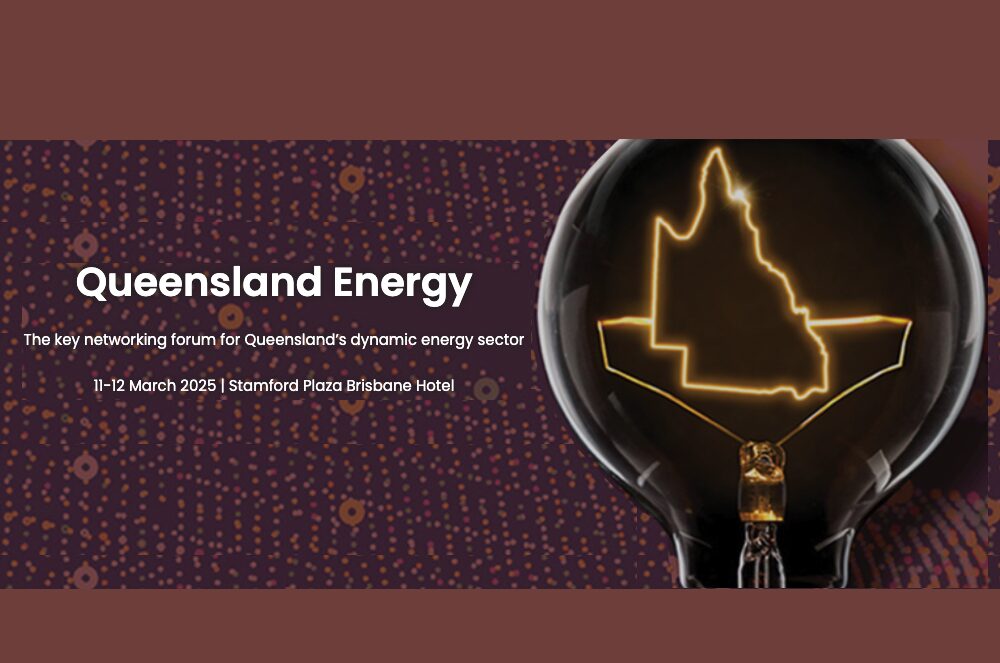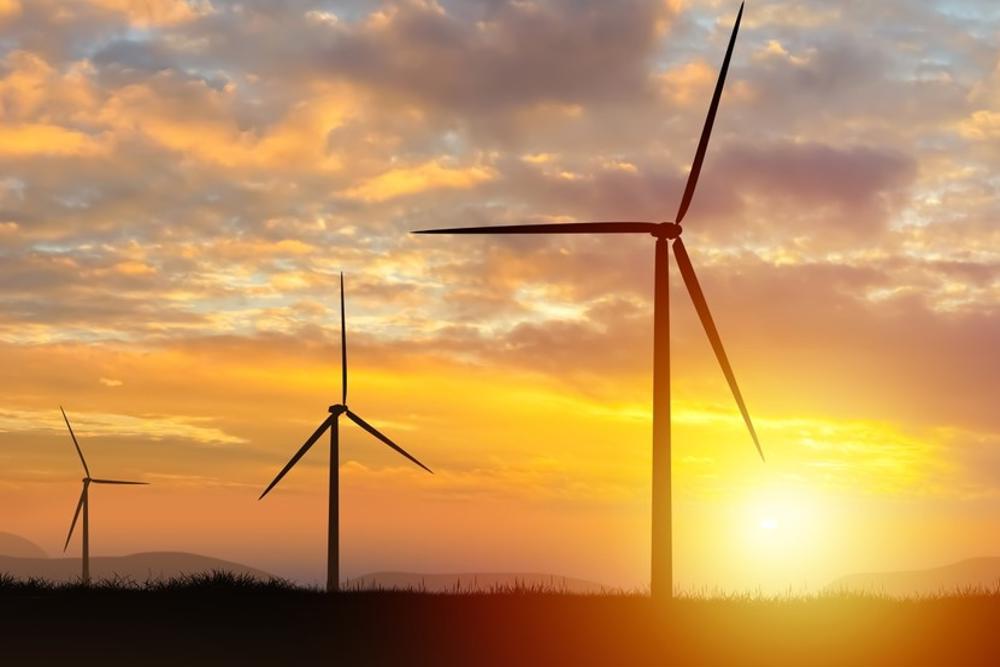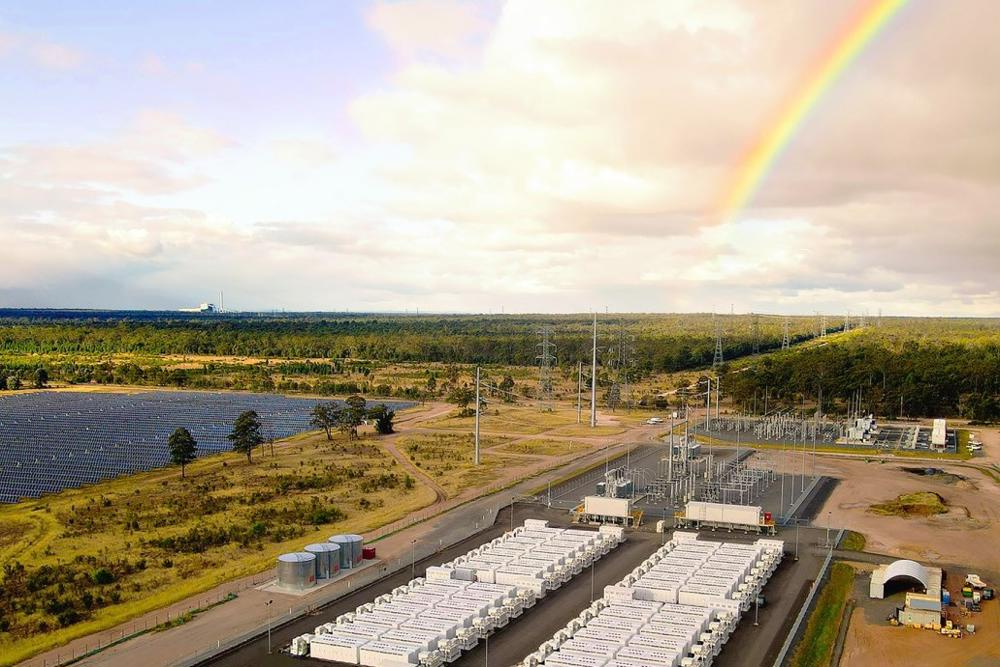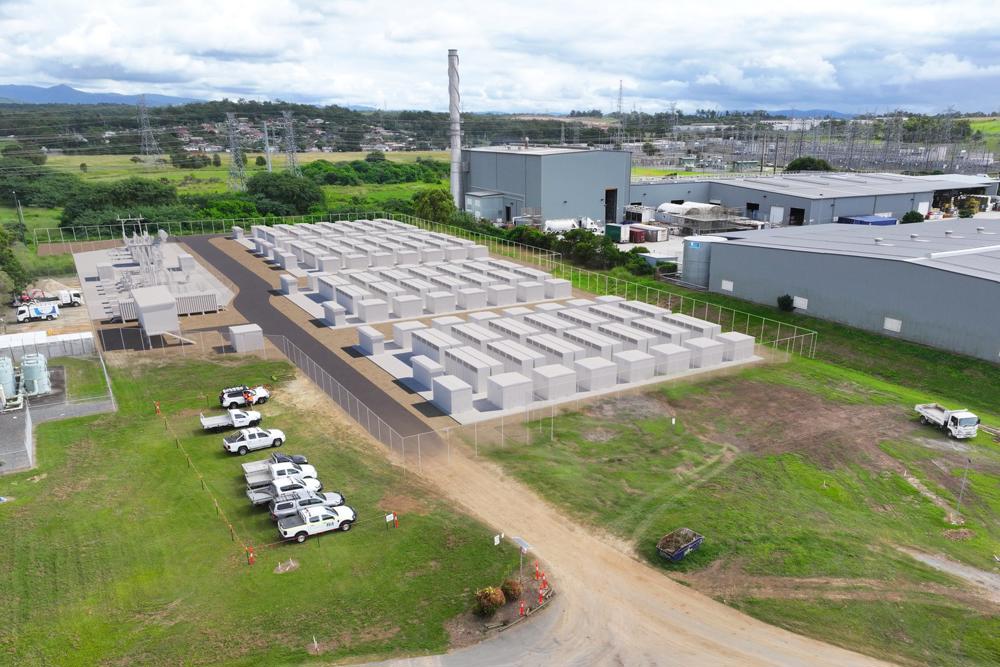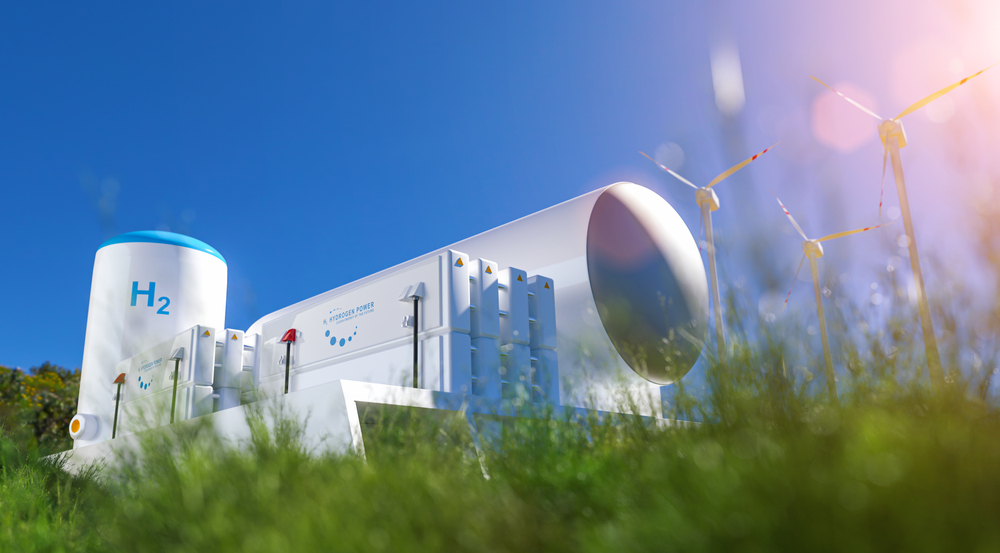
Incitec Pivot and Fortescue Future Industries have reached an agreement to study the feasibility of green hydrogen and ammonia production on Queensland’s Gibson Island from 100 per cent renewable sources.
The study will assess whether industrial scale manufacturing of green ammonia at Gibson Island is technically and commercially feasible on an existing brownfield site.
It is to investigate building a new water electrolysis facility on the site to produce around 50,000 tonnes of renewable hydrogen per year, which would then be converted into green ammonia for Australian and export markets.
Premier Annastacia Palaszczuk said momentum is building in Queensland’s quest to becoming a renewable hydrogen superpower, with the announcement yesterday that the world’s largest electrolyser manufacturing plant will be built in Central Queensland.
“Queensland has an exciting future as a global powerhouse for the production of renewable hydrogen and renewables products.
“By backing Queensland to become a renewable energy and hydrogen superpower we will make Queensland a manufacturing superpower as well which will create and sustain jobs long into the future.
Minister for Energy, Renewables and Hydrogen Mick de Brenni said if the feasibility study stacks up, it will allow the establishment of a large-scale green ammonia export facility at lower cost and in a shorter timeframe than many other locations around the world.
“Under our Queensland Jobs Fund we’ve committed $2 billion to grow renewable energy and hydrogen jobs and provide a strong competitive advantage to Queensland businesses to attract investment in green manufacturing.”
Incitec Pivot CEO Jeanne Johns said the study is a crucial step in contributing to Australia and Queensland’s potential as a green ammonia powerhouse, with the partnership considered one of Australia’s best near-term opportunities to produce green ammonia at an industrial scale.
“If feasible, this project would sustain highly skilled manufacturing jobs at Gibson Island and allow us to leverage our existing capabilities and assets to create a thriving renewable hydrogen ecosystem in Queensland,” Ms Johns said.
Preliminary results from the feasibility study are expected to be available at the end of the year.







